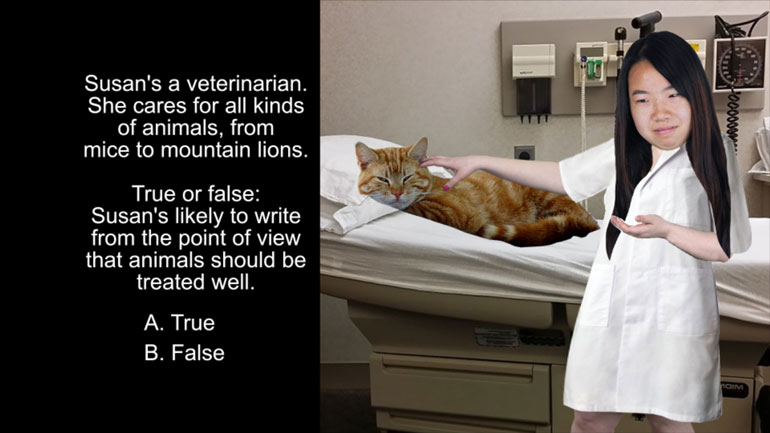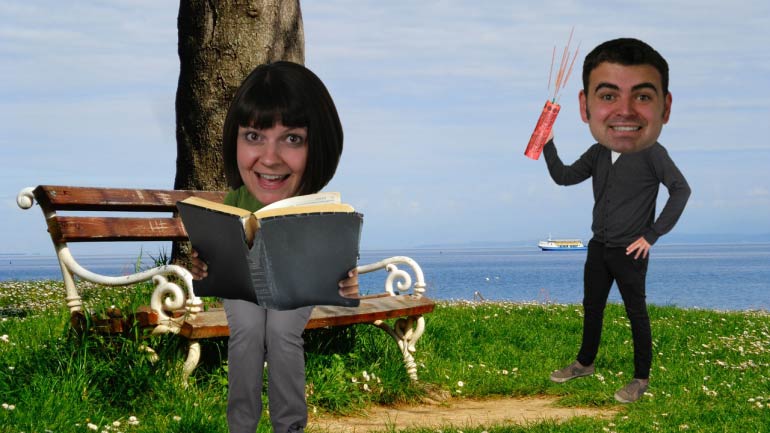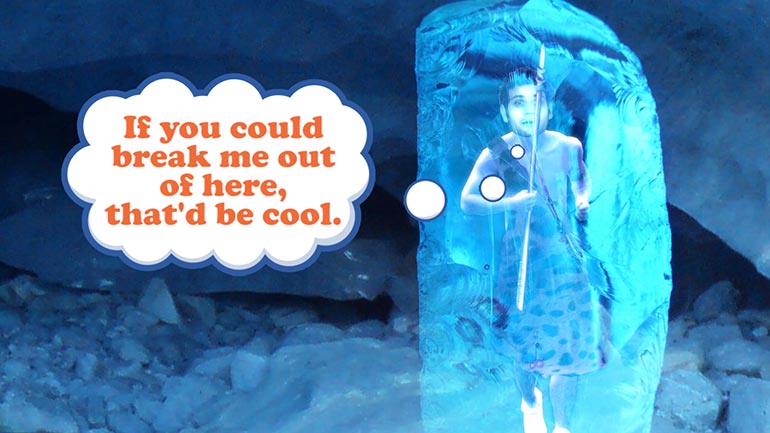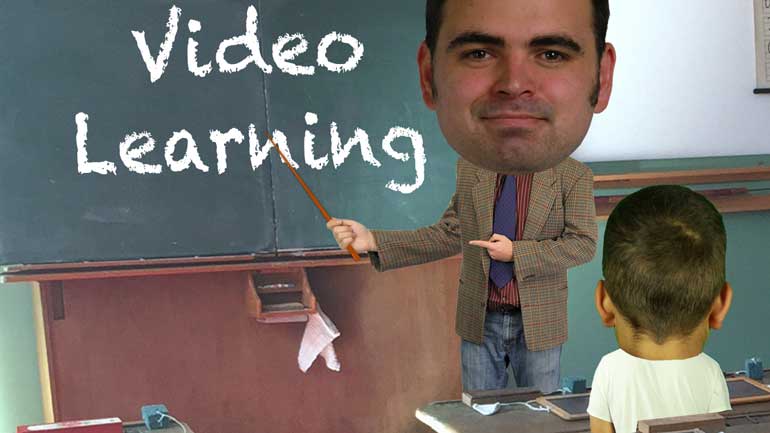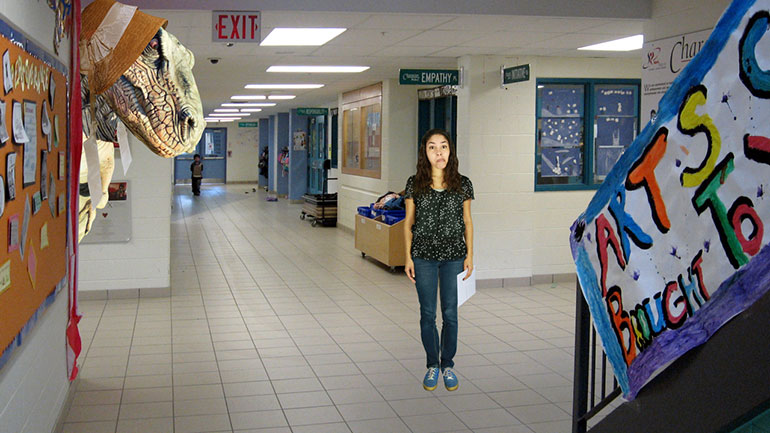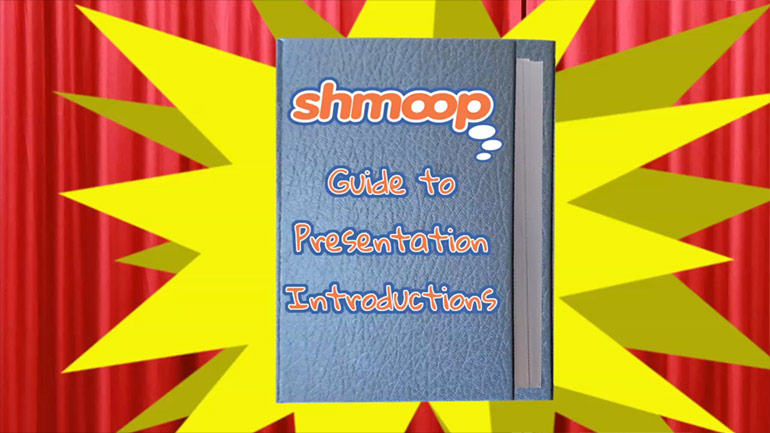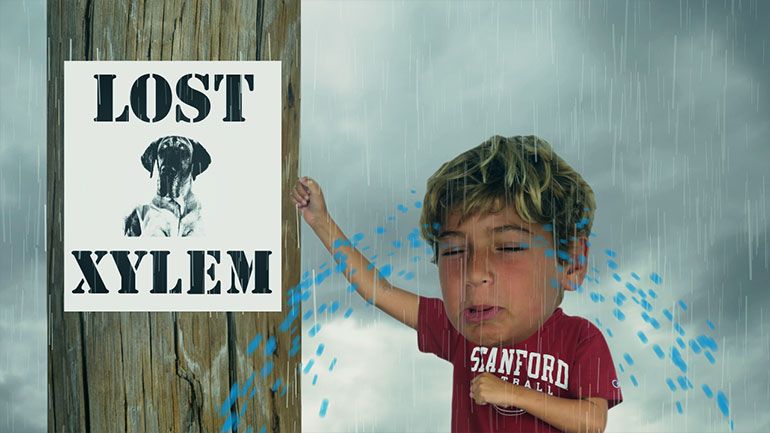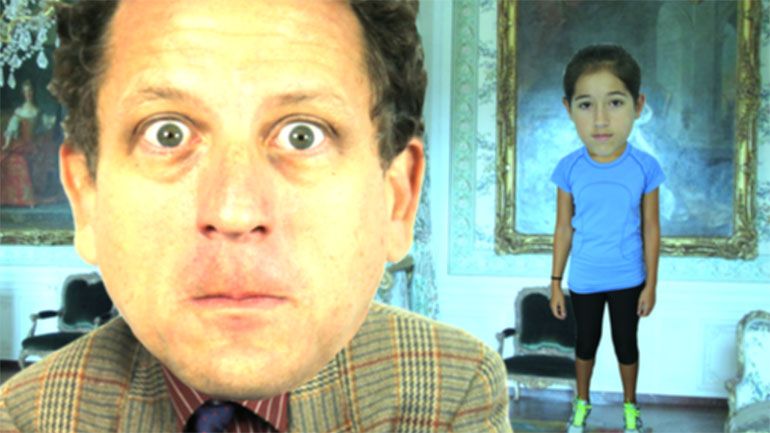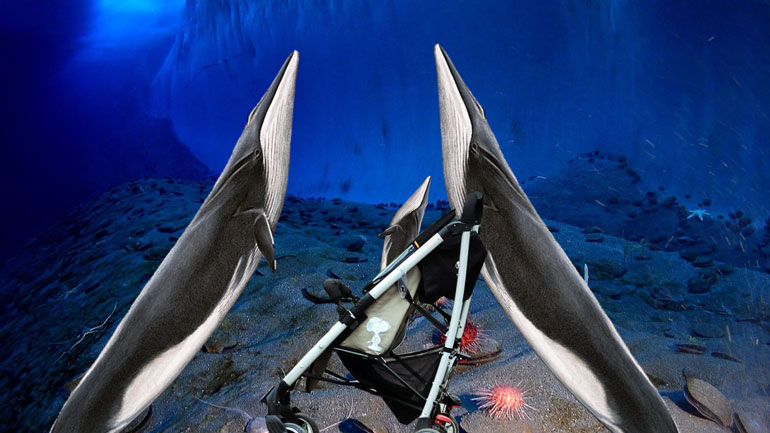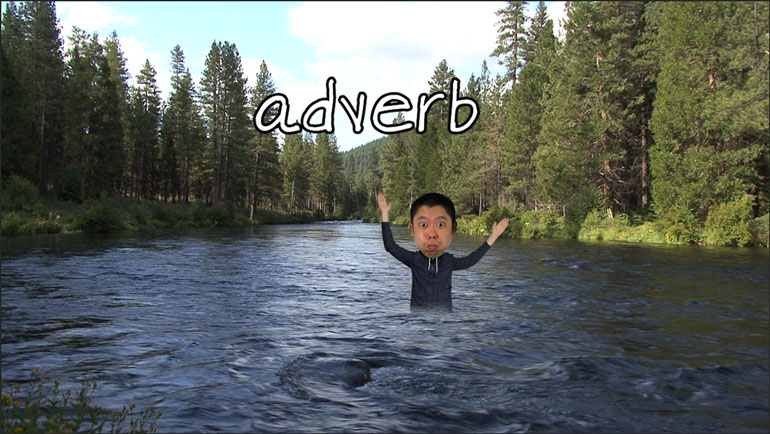ShmoopTube
Where Monty Python meets your 10th grade teacher.
Search Thousands of Shmoop Videos
3rd Grade Videos 139 videos
ELA Drills, Beginner: Point of View. Is the statement in the video true or false?
ELA Drills, Beginner: Textual Analysis 1. The purpose of the instruction manual was...what?
ELA Drills, Beginner: Point of View 3. Which sentence in the passage best shows the narrator's point of view on the topic of Chelsea Simpson?
ELA 3: Character Development 651 Views
Share It!
Description:
Don't worry, we're not going to make you shovel snow or anything. That's how you build character. Today's lesson is about developing characters in works of fiction. Sometimes by making them shovel snow.
Transcript
- 00:13
If you wanna write fiction, you need to tell a story, but if you wanna tell a story, you [Guy thinking]
- 00:18
need some characters.
- 00:19
And characters don't just fall out of the sky! [People falling]
- 00:22
Which…is probably for the best; if they did, they might dent a lot of cars and break
- 00:25
a lot of patio furniture. [People falling onto patio chairs]
Full Transcript
- 00:26
Luckily writers have all sorts of tools to help them build and develop characters. [Guy using a chisel]
- 00:31
Their main tools are descriptions and dialogue. [Dino pointing at a blackboard]
- 00:33
As readers, we come to know characters through what they think… [Coop pointing at a blackboard]
- 00:36
…what they say…
- 00:37
…and what they do.
- 00:38
So by writing what the characters say in dialogue, and describing their thoughts and actions,
- 00:42
the writer can give us a pretty good picture of the character. [Girl taking money from her mom's bag]
- 00:44
Even if it isn't exactly the most flattering picture… [Mug shot of the girl]
- 00:46
However, most stories involve lots of characters, and they can't all get equal space and time [Lots of faces crammed together]
- 00:51
in the story.
- 00:52
Sorry, guys.
- 00:53
Them's the breaks.
- 00:53
We get a lot of information about the main characters…
- 00:56
…but a lot of the other ones get much less focus.
- 00:58
It might not be fair, but no one said that fiction was about fairness. [Minor characters fall off the stage]
- 01:02
And if someone has said that to you…don't listen to them.
- 01:04
They're full of baloney!
- 01:06
Mmm…what a delicious thing to be full of… [Woman breaks in half to reveal baloney inside]
- 01:08
Since different characters often have different levels of development, writers will usually [Coop pointing at a blackboard]
- 01:12
use different approaches when developing main or minor characters.
- 01:15
For a minor character, it's common for the writer to use direct characterization, which [Dino pointing at a blackboard]
- 01:18
is when they directly tell the reader about the character.
- 01:21
So if one minor character happens to be a cashier at a grocery store who's always cranky… [The cashier looking angry]
- 01:25
…the writer might just tell us: "Bob was a cranky old cashier."
- 01:28
No point beating around the bush.
- 01:29
However, with main characters, we get to spend a lot of time with them, so direct characterization
- 01:34
can get a bit clunky. [Clock ticking by]
- 01:35
After all, Bob the cranky cashier might not develop much as a character, but our main [Bob's gravestone]
- 01:39
characters are likely to change and grow…
- 01:42
…and who wants to read sentences like: "Sarah was becoming a better person"? [Girl looking bored]
- 01:46
So for main characters, the writer can use indirect characterization, where the character's
- 01:50
thoughts, words, and actions give the reader clues about who the character is.
- 01:53
That way, as we follow the main characters' trials and adventures and see how they respond
- 01:57
to various things, we can put together our own impression of who these characters are.
- 02:01
Hopefully they're not all cranky cashiers…that could get old, fast. [The lift opens and there are lots of Bob's inside]
Related Videos
ELA Drills, Beginner: Point of View. Is the statement in the video true or false?
ELA Drills, Beginner: Textual Analysis 1. The purpose of the instruction manual was...what?
ELA Drills, Beginner: Point of View 3. Which sentence in the passage best shows the narrator's point of view on the topic of Chelsea Simpson?
We wanted to make a video about sedentary rocks, but we couldn't get lazy uncle Rocky off the couch. Oh well. We'll teach you about sedimentary roc...
Today we're bringing you the opposite of Jurassic Park—how living things become fossils. Okay okay, it might not be quite as fun...but hey, at le...
